Get In Touch
Info@fitfaysal.com
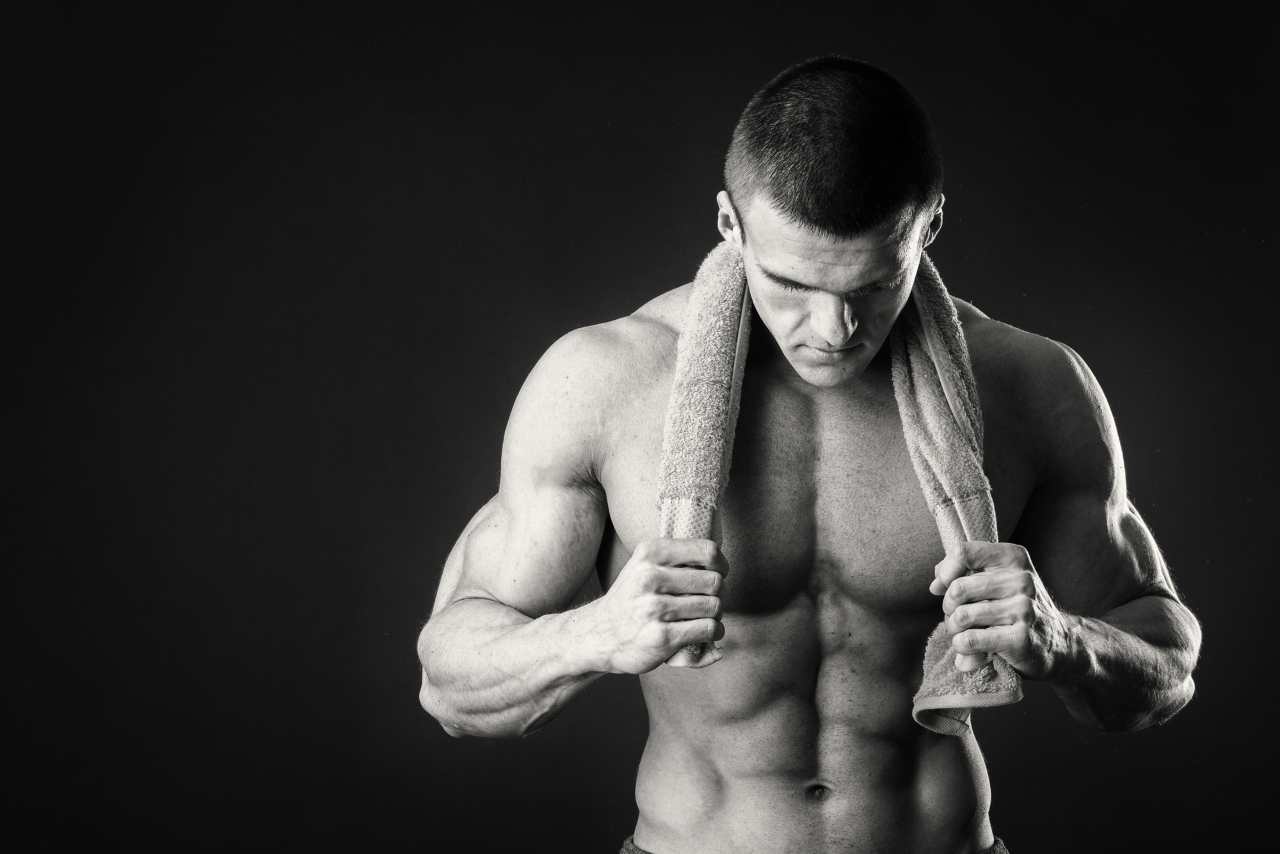
We’re in a time where everyone is chasing extreme leanness. The rise of fitness influencers has significantly influenced this, leading to a distortion in the perception of what 10% body fat looks like for many people.
Most people online are claiming to have single-digit body fat, with some even saying they “still eat pizza and ice cream,” but is that realistic?
You hop on Instagram, and it’s like there’s a new big and shredded fitness guru every other day trying to sell you their “natural organic supplement that keeps them shredded year-round.”.
But what aren’t we being told? Is a 10% body fat level sustainable? Is it attainable?
Short answer: Yes; however, it is incredibly hard to sustain.
When I was still a ‘young buck’, I watched a lot of WWE, and I admired John Cena; in fact, I thought I could look like him if I worked out. Yeah, I thought I could look that jacked without any ‘special sauce’
But just like me, a lot of us thought attaining and maintaining these physiques were possible, and even though we’re now more aware of the ‘secret formula’, a natural physique doesn’t look as impressive anymore.
Let’s look at what you should expect to look like naturally at 15%, 12%, and 10% levels of body fat.
Here’s what you’d naturally look like at 15% body fat:

At 15% body fat, your bicep veins and abs start to pop out, and if you workout often, your muscle striations become visible.
You still look big enough that people know you lift and you’re still relatively lean enough to show off your big bicep vein.
This isn’t difficult to achieve and is relatively easy to maintain.
Here’s what 12% body fat looks like:
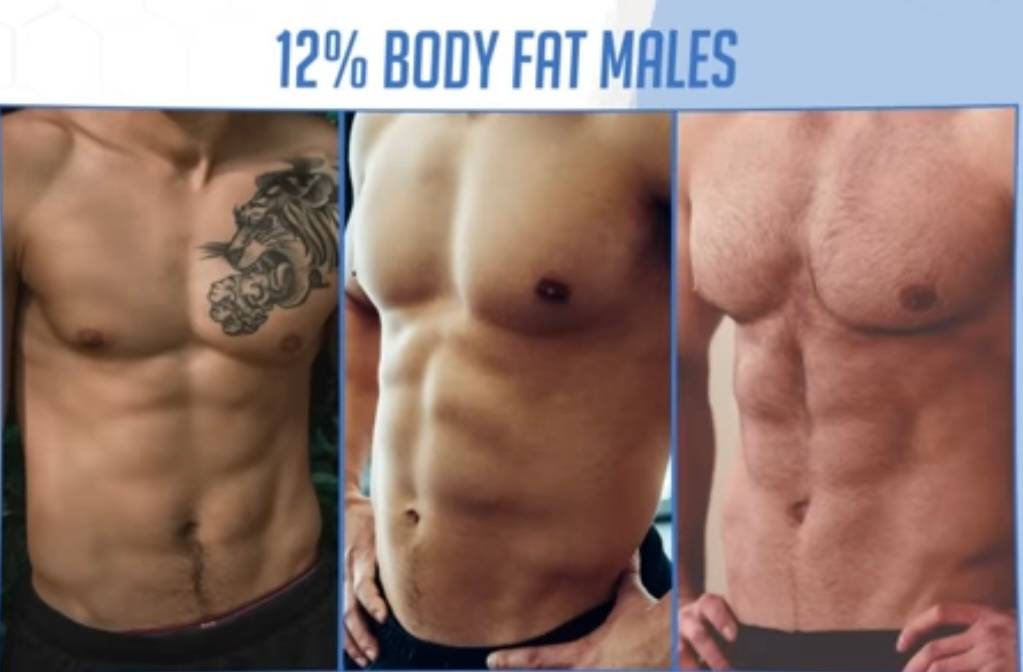
This is the ideal spot; this is where you want to be if you’re working out to look aesthetic.
You look shredded, your muscle insertions are sharp, you can see most of your abs, and your diet isn’t extremely straining. This is where you start to achieve the benefits of lean.
However, maintaining 12% body fat isn’t a walk in the park. You need to pay attention to your diet and do cardio often to maintain that physique.
Now the holy grail: here’s what 10% body fat looks like:
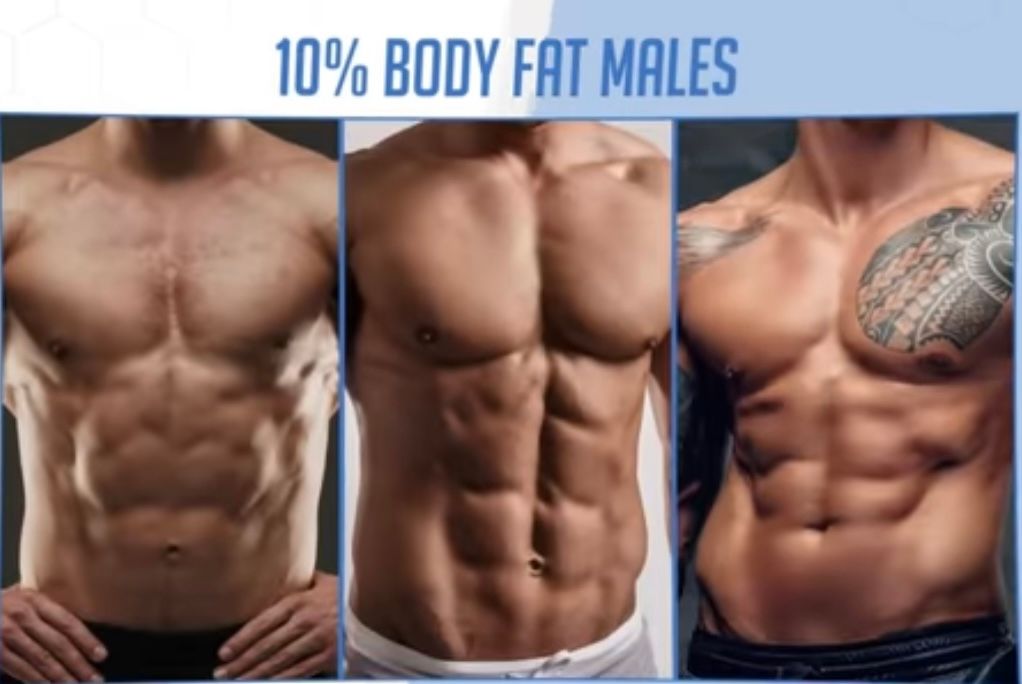
At 10 percent body fat, you get that Greek God look; your whole body is shredded, and you have visible veins in your midsection.
When you take off your shirt, you look flawless; the only downside is that when you’re clothed, you look like you don’t even lift.
Getting to this point is a very difficult feat, and maintaining it is even more challenging. For most of us, 10% of body fat is too lean.
Now that you know what to expect, you need to understand why we won’t all look the same at the same body fat percentage.
Check out: 4-Week Aggressive Mini Cut Guide for a Lean Physique
If there’s one thing, I want you to take away from this post, it’s that we won’t all look the same at the same body fat percentage.
You may have a more shredded back or lower body than someone with the same body fat percentage, and that person may have more abs definition.
It’s not that linear; different factors influence how we look at certain percentages.
Let’s start with the first one:
Most people don’t know that we don’t all store body fat the same way. This explains why some people who seem to have more body fat can still have a more visible midsection compared to a slimmer person.
Some of us store more fat in our midsections, some others store more fat in their backs and arms, and some in their thighs.
So, depending on your body fat distribution, when you’re cutting weight, you may lose fat earlier in your midsection or much later.
Next time you’re on a cut, instead of looking at just your abs, look at your face and take progress pictures of your back, arms, and thighs.
Muscle mass makes a huge difference! If you have decent muscle, you actually look a lot leaner than someone who has a lower body fat percentage (that is, if you’re not pushing above 20% body fat.)
This happens because developed muscle groups make your body look more defined and leaner. This also answers the question of the skinny fat problem.
I mean, take a look at this guy at 15%:
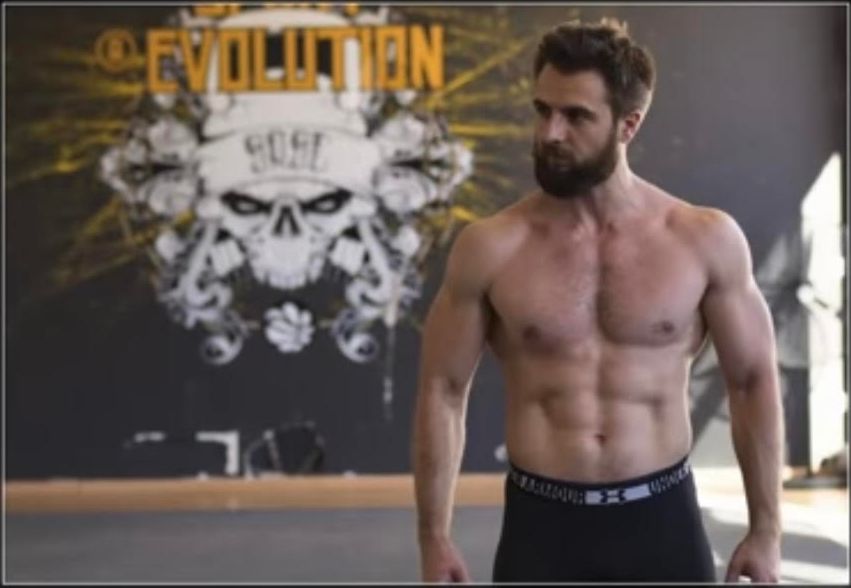
This is Mario Tomic, a fitness YouTuber from whom I gained valuable insights during my initial cutting phase. (You won’t like this at 15% body fat if you haven’t trained for years)
People who are skinny fat think they need to lose even more weight, but that’s quite the opposite. You need to add more weight, build more muscle, and then cut back down.
The narrative of “Abs are built in the kitchen” isn’t completely true; it should be “Abs are MOSTLY built in the kitchen,” but that doesn’t sound as cool, right?
Coming from someone who doesn’t enjoy training abs, I wish I didn’t have to train them.
So, except you’re someone who doesn’t mind looking like a sucked-out Capri Sun before seeing their abs, then train abs guys.
Okay, back to what I was saying: developed abs are still decently prominent at high body fat percentages, which makes you look leaner than you actually are.
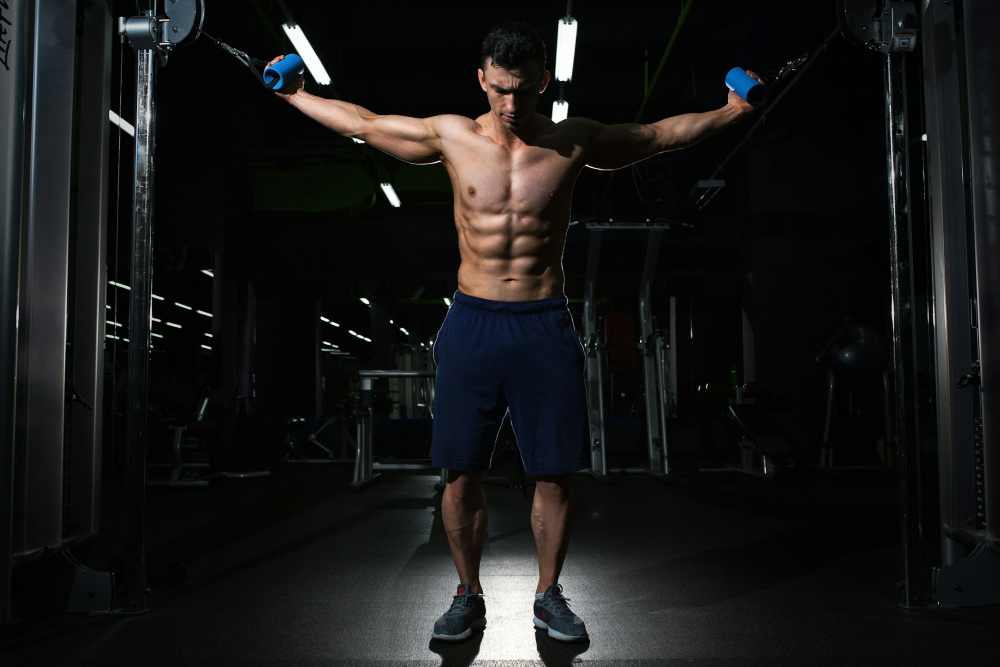
Being at 10 percent body fat looks incredible. You look completely shredded, your abs and obliques look like playable instruments, and you get all the attention at the pool party.
But it doesn’t feel as great as it looks. In fact, you will feel sucky most of the time, and the people who try to maintain 10 percent body fat year-round do it because it’s literally their job to look good (fitness influencers).
So, I’m going to tell you the dark side of being 10% body fat.
To get to 10% body fat, you have to reduce your calorie intake to a very low amount, with some going as low as 1200-900 calories per day.
This takes a huge toll on your mood and energy levels. You get mood swings frequently throughout the day.
You often find yourself in a “hangry mood.” This is when you get angry or easily irritated due to hunger.
This is something you’ll come across when you diet for too long on a few calories. In the last few weeks of my last cut, I was on 1300 calories per day.
And I would get really agitated over minor things. If you want to get to 10% body fat, get ready for a sucky, hangry mood, sometimes.
Studies have shown that rapid weight loss can reduce testosterone levels.
The test revealed that, on average, after three weeks, testosterone concentration dropped by 63 percent.
And what caused this huge downward spiral? Severe dieting, which is required to hit 10% body fat and below.
Once you get below 14–13% body fat, to get to 10% body weight and actually maintain it, you have to pay very close attention to what you eat, and measure pretty much… everything that goes into your mouth. This is known as tracking calories.
That’s extremely tasking and probably not healthy for anyone for a long time, except your business is based around your physique; in that case, more power to you.
Climbing a flight of stairs feels like a chore, sitting down to read a book feels like a headache, and you find it difficult to focus on other things going on in your life.
Most people wouldn’t want to live their lives this way, not for a long time.
Check out: Body Recomposition: Does It Work? Tips to Build Muscle and Lose Fat
This is a direct cause of low testosterone and a lack of energy due to a very low-calorie intake.
Recently, I’ve noticed more fitness figures opening up about this struggle, and it further proves why staying too lean (without the sauce) isn’t worth it long-term.
If you like to go hard and lift heavy in the gym, then prepare to say goodbye to your strength and intensity.
With decreased testosterone, energy levels, and food intake, your body has little fuel to push through workouts, and thus, you won’t be able to, or even be in the mood to go hard when working out.
A little bright side though, your pull-up reps will definitely go up!
If you aren’t eating in surplus and you’re very lean, you won’t build any muscle.
When you hit a very low body fat, the calories required to maintain that weight are so low that your body cannot put on any size, thus no muscle growth.
It’s pretty sad, but true. It can be discouraging knowing that you can’t achieve those Instagram-diced physiques year-round.
And in current times, it seems like:
“Everybody is on steroids.”
Nate diaz
Jokes aside, it’s becoming harder to identify what’s naturally attainable or not.
So, the best thing you can do for yourself is to work out, build some muscle on a slow bulk, and then cut down to around 12%, which is the ideal body fat.
I think everyone who trains for aesthetics should strive to hit 10% body fat at least once in their lifetime, just to get a very close look at individual genetic possibilities and also as a test of dedication.
But don’t rush to the cut until you have consistently been training, slowly bulking, and building muscle for at least 2 years.
If you jump to the cut too soon and are aggressive, you’ll more than likely finish your cut just to realize you barely have any muscle mass.
If you do achieve the feat of hitting 10 percent body fat, I suggest you maintain it for just around a week, take some pictures of your massive accomplishment, and then go back up to 12–15 body fat percentage.
Is 10% body fat sustainable? For the average person, it isn’t, and it’s straight up not even worth all the side effects that come with it.